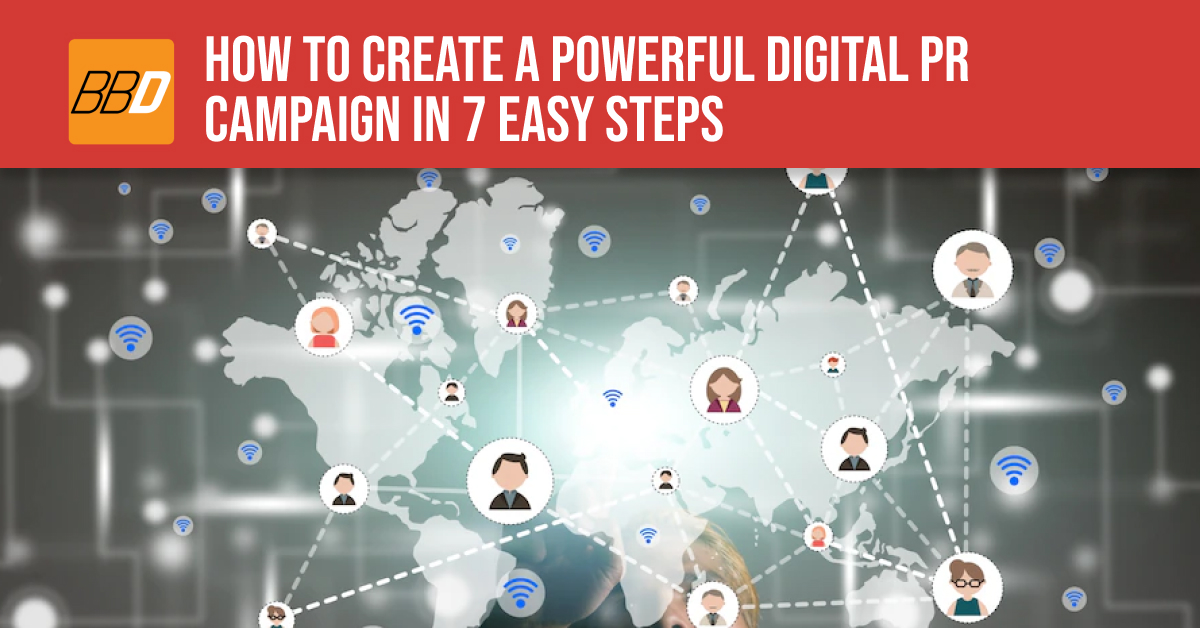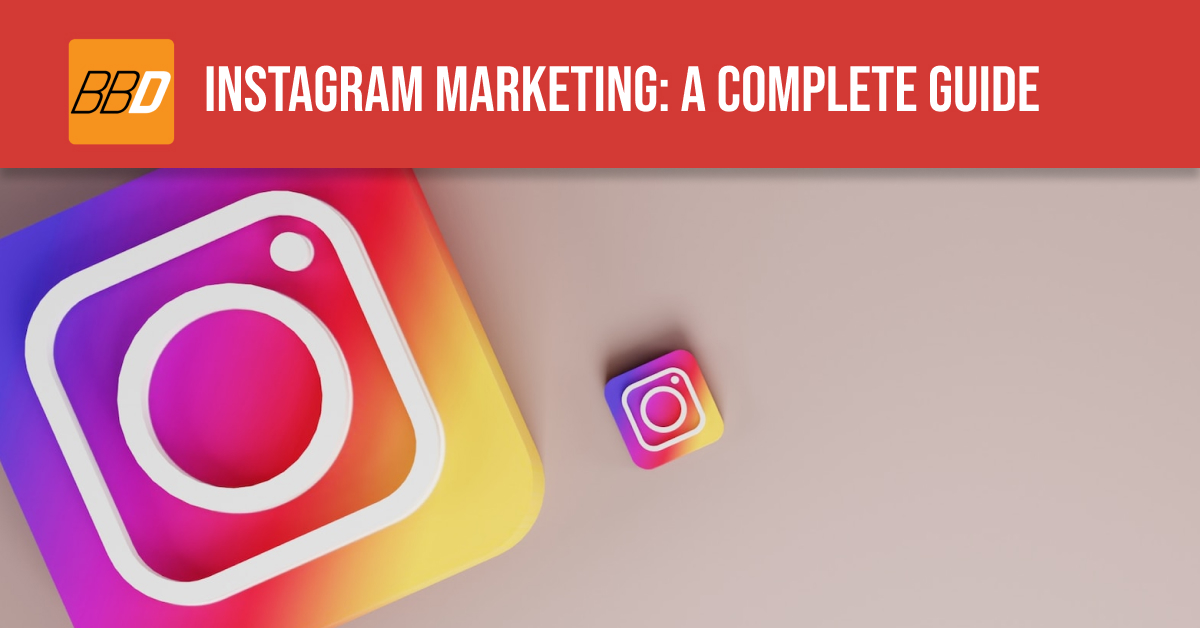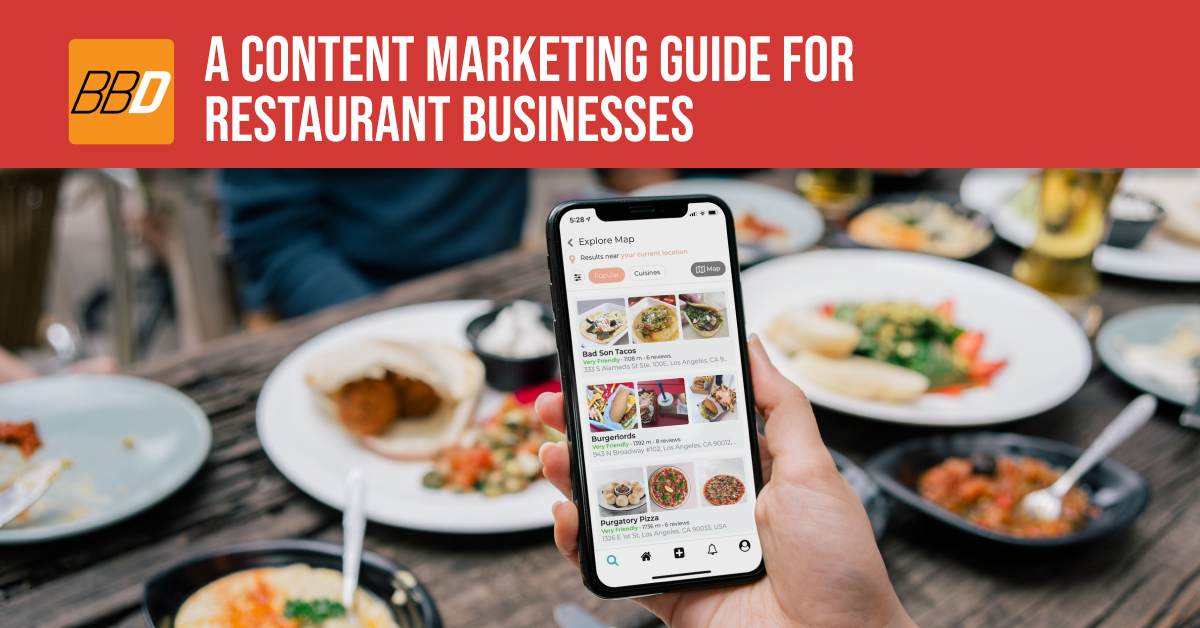If you are a starter business or a brand that wants to beat your opponents, eCommerce content marketing can definitely set you apart and help you build an edge. It is cost-effective for you to immerse yourself with numerous eCommerce strategies in establishing your name, products, and services among a pool of other equally competitive markets. However, along the way, you can see yourself stagnant and hesitant to take your next moves because of a bunch of factors like overwhelming tactics, a rivalrous environment, and the pressure that consumes you.
Yet, you should not be steered away by these grounds and try to gradually familiarize yourself with the most suitable content marketing strategy that you can use to increase your sales and generate brand loyalty. It is hard to start, but everything will surely follow once you take the first step. As a guiding light, you should continue to read through this article and learn more about what eCommerce is all about and what content marketing strategies can best suit your brand.
What is eCommerce Content Marketing?

If you want to drive awareness through electronic means, eCommerce marketing is for you. In particular, eCommerce marketing is the process of enticing people to your online channels to persuade prospective consumers to purchase and eventually become loyal buyers.
Marketers under eCommerce utilize social media, content marketing, display ads, and other online campaigns to attract consumers. Today, electronic commerce is most well-known with online shopping and data and monetary transactions on the internet. Some examples of eCommerce are subscription-based offers like Spotify and Netflix, sales of digital services, such as electronic books, exclusive video and audio access, marketplaces on different platforms, SEO content marketing, and work-related software like Upwork.
To give you a broader background, here are two of the most common types of eCommerce marketing:
Social Media Marketing
Developing brands launching their pages online on social networking sites to establish credibility and connection is an eCommerce approach. Here, they devote their time to creating content that entices consumers and raises their engagement figures. Currently, Instagram is a perfect space for marketers to showcase their offers because of its candid photography and reel features that highlight the products’ and services’ usage and advantages. However, Facebook and YouTube are also effective platforms to try and discover.
Content Marketing
What is content marketing? This type of eCommerce goes beyond the typical “content writing.” Instead, marketers use this approach to improve their website traffic and search engine ranking, helping their brand gauge more consumers and potential buyers. Typically, marketers start by optimizing their product page, doing guest posting, writing blogs with different topics, and incorporating keyword-driven FAQ sections on their websites. Building from the information above, you can learn more about why eCommerce will undoubtedly take your brand to greater heights, particularly with content marketing.
What are the Benefits of Content Marketing for eCommerce?

1. Improves Brand Visibility and Awareness
Content marketing for eCommerce will surely place your brand in the façade of the industry, especially today when most people are holding their phones daily. As of 2022, worldwide social media users spend around 147 minutes per day. Meanwhile, on various online platforms, an average person lasts roughly 2 hours and 32 minutes. This figure attests to the power of social media to improve your brand visibility and awareness. Therefore, creating quality content online can attract many potential buyers for your brand. Red Bull is a great case study of this. Many people consider their brand as not their go-to energy drink. However, their consistent content marketing online through videos delivered good results, as their brand garnered more audiences and increased engagement, which eventually translated to sales.
2. Improves SEO Performance
With eCommerce strategies, you can improve your SEO performance. SEO content marketing relies on Google and other website ranking algorithms aiming to boost brand content. When you constantly create and include high-recall and relevant keywords, you can capture organic search traffic that gradually leads to new consumers and more revenues. Besides, this is much lower than paid advertisements on broadcast media. According to Forrester Consulting in its commissioned study, customers who are products of SEO initiatives are more solid, loyal, and active regarding engagement and purchasing. To ace this, you need to include relevant words, study how Google and other platforms rank their pages and put images and text that people usually type on their search boxes.
3. Improves the Rate of Engagement
There is no way that eCommerce content marketing strategies will damage your engagement rate. Most of the time, audio-visual assets and blogs are good content online users want to click on and consume. In fact, these engagements only lead you to a higher level of customer interaction, sales, and opportunities. With metrics that track these rates, you can efficiently know what content best gains traction for your brand and what campaign is more effective in persuading them.
For some websites, it is the average time on age, page views, shares, conversions, scroll depth, and bounce rate.
For LinkedIn, the number of impressions and interaction clicks.
For Facebook, Instagram, and Twitter, the number of shares, likes, retweets/reposts, and comments dictate the engagement’s success.
On email campaigns, open rates, responses, and click-throughs are the primary basis of the engagement rate.
4. Optimizes Your Conversion Funnel
Disconnection has no place in eCommerce because it only lowers your brand’s conversion rate. Each station or phase should be well-established, and all the crucial elements must be in their proper places for you to achieve a flourishing conversion. Remember that visitors who click your website or visit your online pages do not necessarily end an actual buyer.
For example, B2B marketers can always entice new audiences to avail their products, and it will start by asking them to visit their pages or subscribe to their online content. However, all of them might check out the brand. Yet, not all of them will purchase and become avid consumers. Hence, eCommerce content marketing through strategies like excellent materials, right messaging, and good call-to-action can help you strengthen your connection with your audiences. After all, every touch point, from awareness, interest, desire, and action, is equally paramount for you to make your brand prosper in a tightly competitive domain of digital marketing.
5. Builds Better Relationships With Your Consumers
Those four reasons above will boil down to this last benefit: eCommerce content marketing makes brand-consumer relationships better. Indeed, many brand choices exist, and keeping one consumer is a tedious responsibility for every marketer. According to a study, 50% of customers abandon a brand they once became loyal to when they experienced a better service or product with another brand.
Therefore, strategies that will make them stay and support your brand are an excellent way for you to consider and explore. You can deepen their loyalty by engaging with them, responding to their queries, and producing informative and entertaining digital materials. Above all, there are productive routes to do this, and in the next section, you will encounter some of them.
eCommerce Content Marketing Strategies

1. Write In-Depth Information About Your Products
The famous quotation “Knowledge is Power” also applies to the world of eCommerce. As a brand, you should profoundly understand your products, what they can do to your audiences, where to market them, and whom they are for. Knowing your offers is an essential step you should never forget because, from there, your truth and underlying messaging will come naturally and efficiently. Also, learning about your products helps you to sell them way more effortlessly.
Furthermore, in-depth knowledge about your creations should translate to your write-ups, materials, and other creative assets. It must not stay inside your head. Go and share it with the audiences who matter to you the most. Do some research, know where to place them and how you will generate the best content marketing strategy to sell them. For consumers, the small details have significance, and mastery over these specifics will make you a credible and trustworthy brand for them. It gives them the assurance they deserve.
2. Write DIY Tips
In content marketing, it is prevalent today to release do-it-yourself hacks for your audiences. This material resonates well with the consumers because they learn new things they can apply in their daily practices. Online users love to see content that answers their questions and uncertainties. Hence, writing an excellent DIY tip relatable to your brand is a great approach to connect with them, persuade them, and become your business’s mainstay readers or buyers. Recently, more people have been gearing towards TikTok as the leading platform to showcase this kind of content, especially for the younger generation. While many writers still harness the influence of blogging in staying in touch with their audiences.
3. Write Informative FAQs
You might think that informative FAQs are irrelevant or useless when marketing your products, but the truth is NO. They might appear simple and direct but are very powerful when it comes to getting more potential customers, as this strategy gives readers an immediate and helpful answer to their immediate needs. Many marketers make automatic replies on Facebook or do compilation answers on their websites. However, answering queries through chats and other messaging platforms is advisable since not all your audiences ask the same questions.
Moreover, in establishing your FAQ page, make it user-friendly, hassle-free, and cohesive. Don’t let your audiences click the “x” button because they find your page complicated. Also, construct your answers clearly and concisely. They have a shorter attention span, remember? So, if you want to invest and put up your frequently asked question page, you might want to check these easy walkthroughs over the internet.
4. Post Your Milestones in Social Media
Product and service content is good, but audiences might feel like you are just after their money and forget to share other relevant events along your journey towards success. In eCommerce, you must give different content and let people know about them. Thus, sharing your milestones and other celebration-worthy activities is an excellent avenue for you to convey that you are a brand with a purpose, emotion, and goals.
Consumers love to see a human-centered brand, cheering successes and involving them in every phase of your marketing ventures. Nowadays, the best platform to publicize this kind of content is Facebook, with almost 94% of marketers and users stating that they use this app to post their milestones. Instagram follows this figure with 39% and Snapchat with 27%.
5. Staff Growth and Employee Anniversary Milestones
Aside from harnessing the power of online platforms through posting and clicks, it is also important to put value and touch on being a human. In this sense, you can grasp your audiences and pull them behind you, supporting your brand and purchasing your offers. You can do this by highlighting the people who work hard alongside you and helping you give the best service to your consumers. A simple birthday post or get-to-know content about your staff, business, work culture, and others are fantastic content marketing tactics that can surely go straight to the heart of your audiences. Monthsary celebrations, holidays, and a get-together post can assist you in establishing your brand, showing that you appreciate simple gestures and that your audience can count on you because you are also a human with a heart and core principles.
6. Write and Send Out Email Newsletters
There is a high chance that you have already encountered the term email and email marketing. If yes, this is because of its popularity among digital marketers as an eCommerce content marketing strategy. Despite being part of the so-called traditional form of selling, writing emails and newsletters support your brand’s growth and acquire more connections in the industry. Given that most people have emails, they can read your message and get curious about your brand and what you can bring to the table. However, to do this, you need to master the following:
- Craft striking Subject and headline
- Concise and coherent email messaging
- Segment your recipients based on their demographics
- Be consistent
- Have a solid Call-To-Action
7. Create Interesting Onboarding Content
Since not all your audiences are aware of your brand in a snap, you should also consider integrating content that allows your brand to introduce itself to the market. You can do this with your products and services through brochures, online postings like Podcast, vlogs, blogs, and other campaigns that will guide your prospective consumers about who you are, what you do, how you can help them, and why your brand is the best choice for them. Through this, you can structure your business in a way that is not foreign or stranger to your target market. Instead, you will appear as a reliable and sound company trying to cut an edge and offer the highest quality possible for them.
8. Be Resourceful and Use Tools to Help With Your Workflow
You need to be organized, alert, and versatile to survive in this industry. There is no room for slow movements and poor decision-making. Therefore, being resourceful and planning your next move is a must, whether you are a starter or an established brand. Most marketers believe that they achieve a streamlined workflow through the help of automatic software that eases their burden in crafting content and sharing them online. When it comes to graphic design, background remover is a very efficient software to make your work faster and better. In organizing your tasks and project management, experts regard monday.com, hive, and notion as their go-to apps. Online, there are a bunch that you can check and maximize. Focus on your goal and use these productivity tools to make your job easy as pie.
Conclusion

In this digital realm, shining and taking the spotlight is challenging to the point that you should have tremendous patience and dedication to what you do. In doing this, you must gather facts, deeply understand your brand, and go out of the box. Be imaginative and creative as much as possible. Create attractive content and organize them properly.
It would be best if you remembered what your audiences want to see and what they need to experience. If you think an infographic is good, give it to them. If you want something more engaging or immersive, produce short audio-visual materials. If you believe a write-up can suffice, release blogs. There are many other content marketing strategies you can try. Just do not settle for “good” and “so-so” content. Make an outstanding one and build an incredible brand-customer relationship through these materials.
Nevertheless, eCommerce content marketing strategies are available in front of your eyes. You merely need to know what suits you the most, how to employ them, and how to become more consistent and extraordinary. Unquestionably, if you can try at least one of the tactics above, there is no way that your business will go down. Instead, you can carry on towards progress and eventually bring your name to the top amidst the eCommerce’ accelerating pace of change and development.








